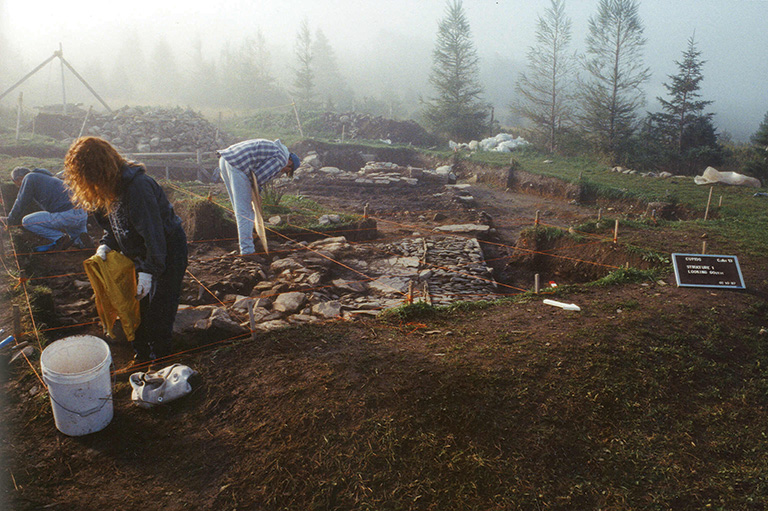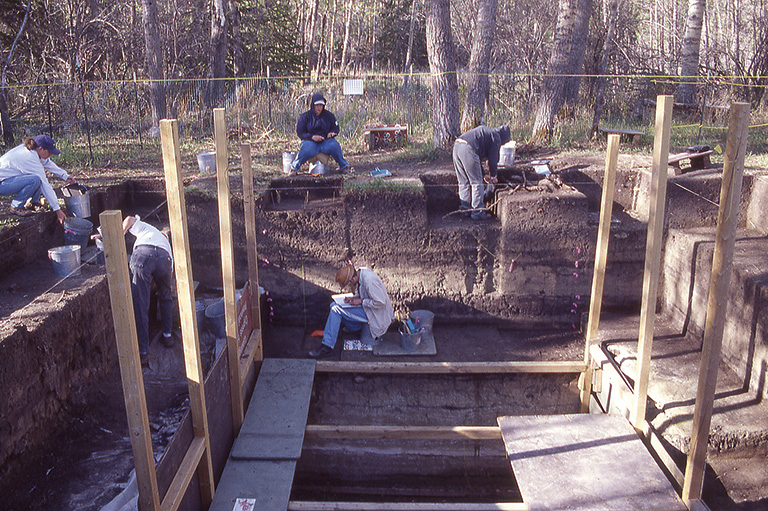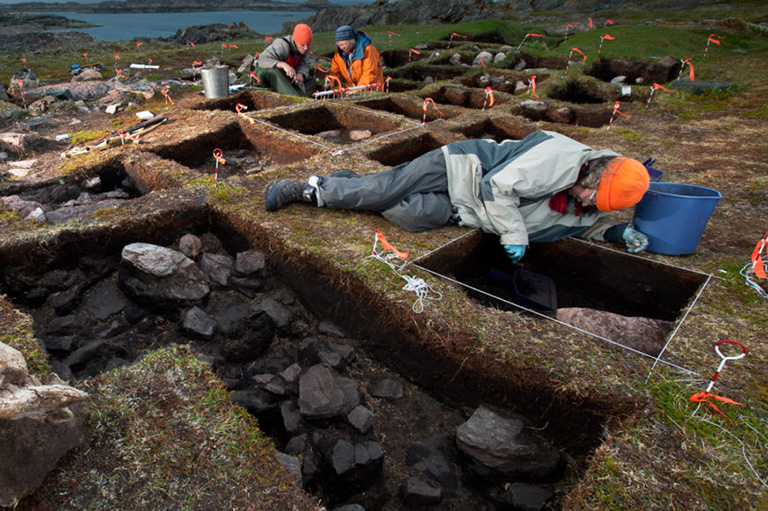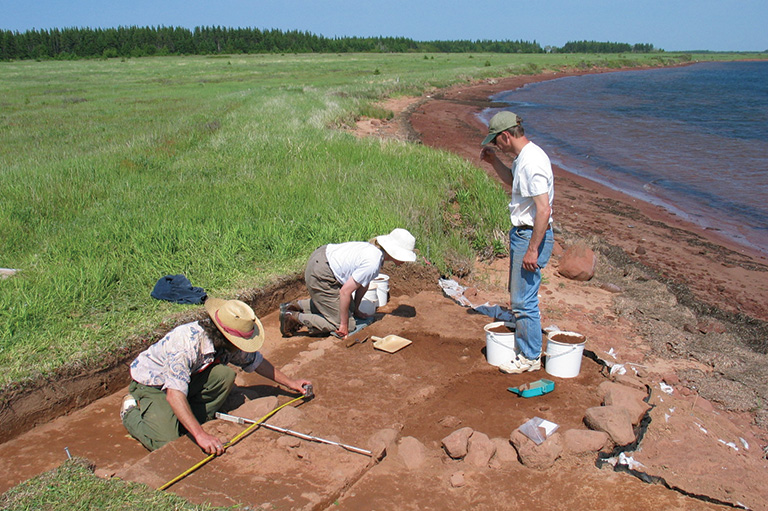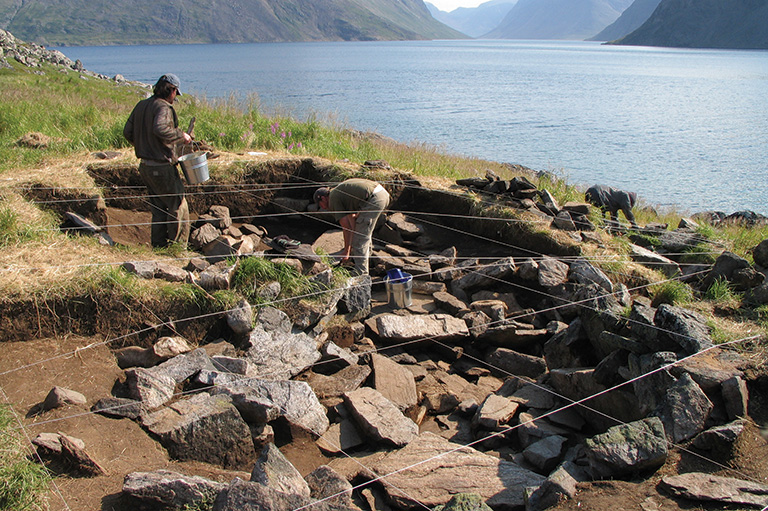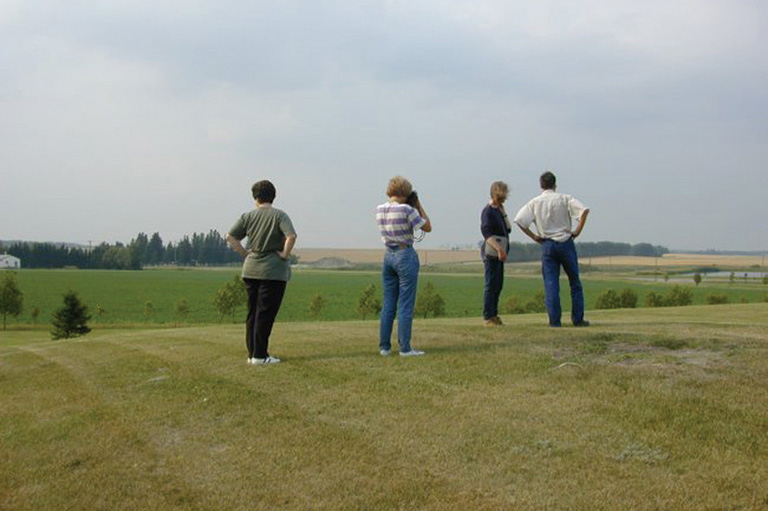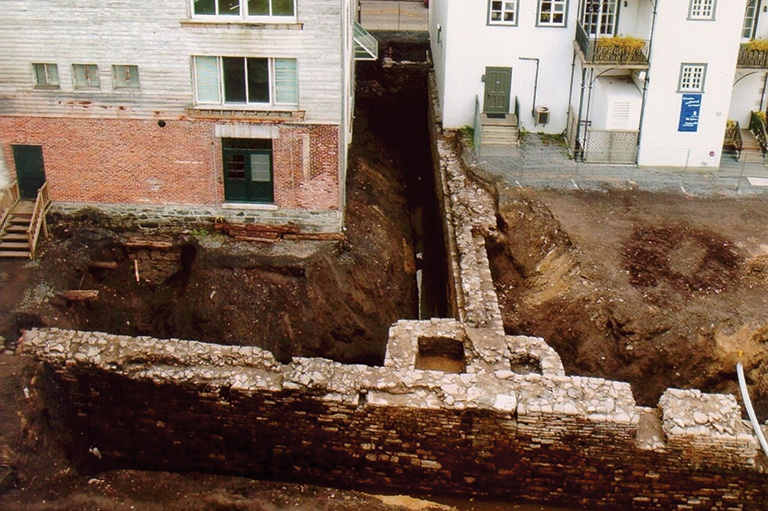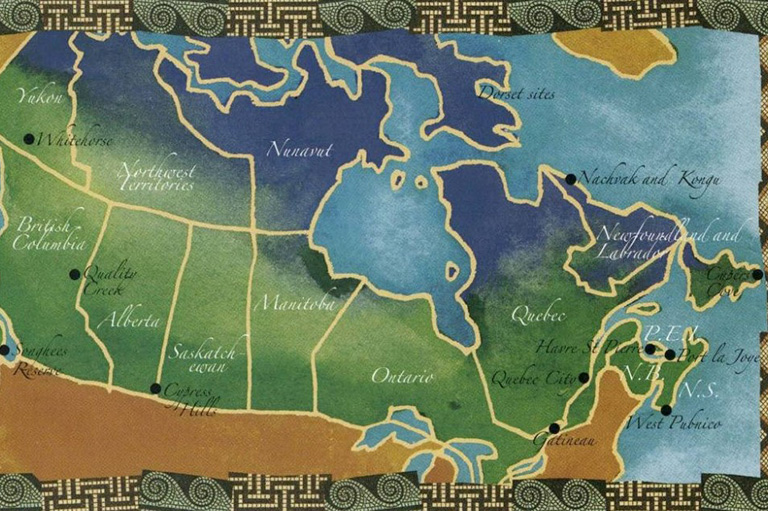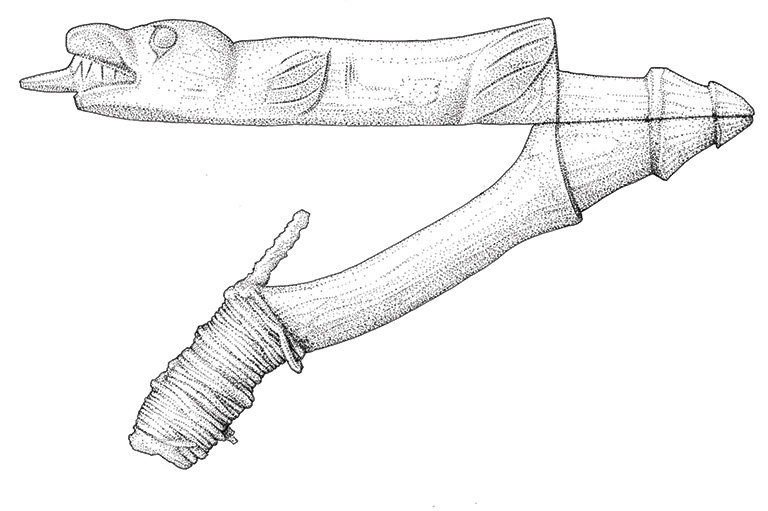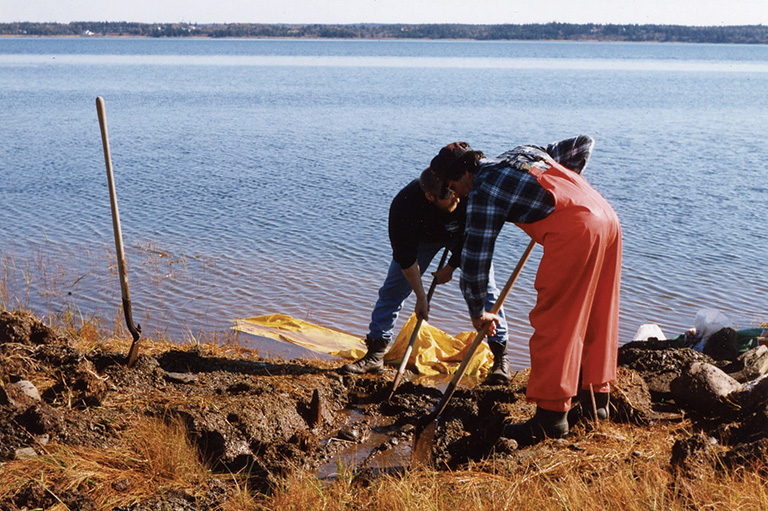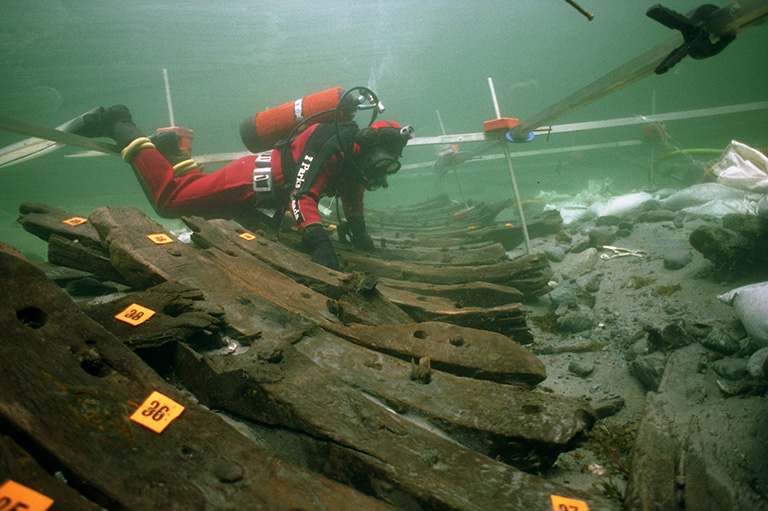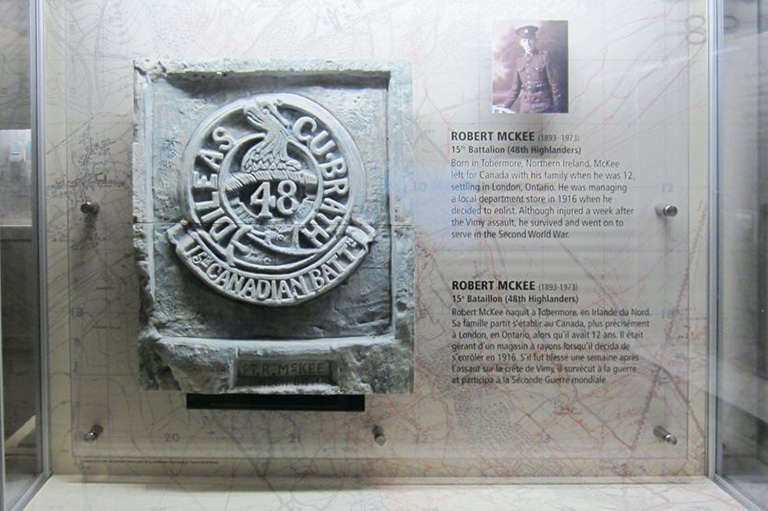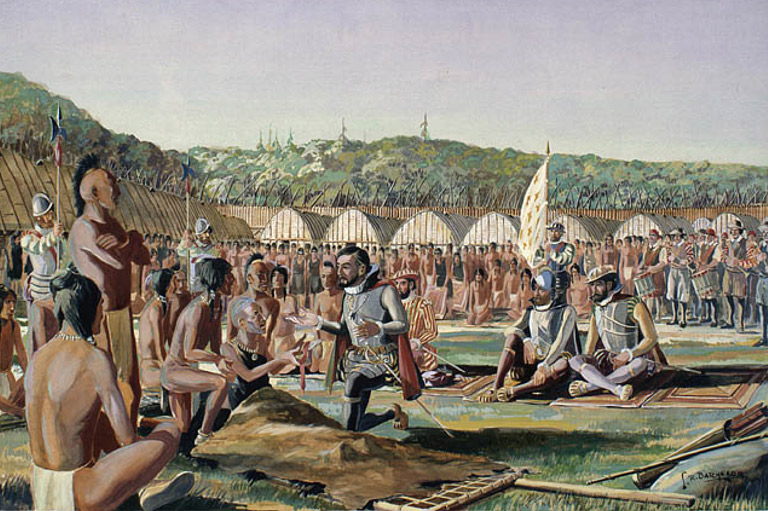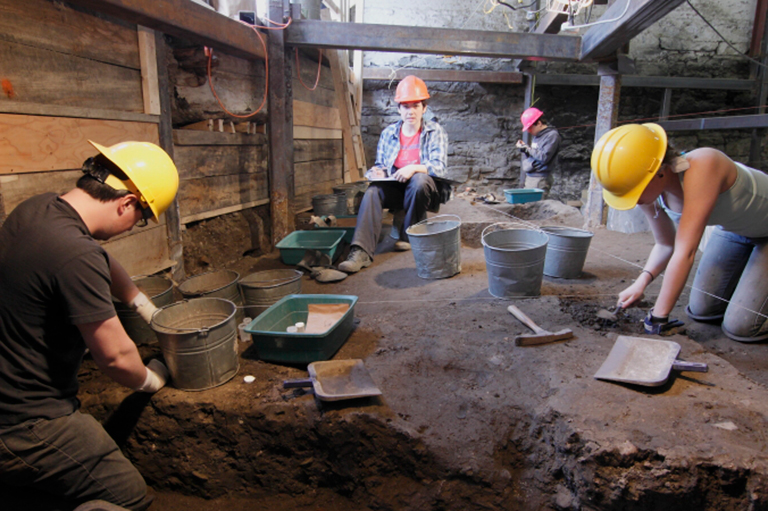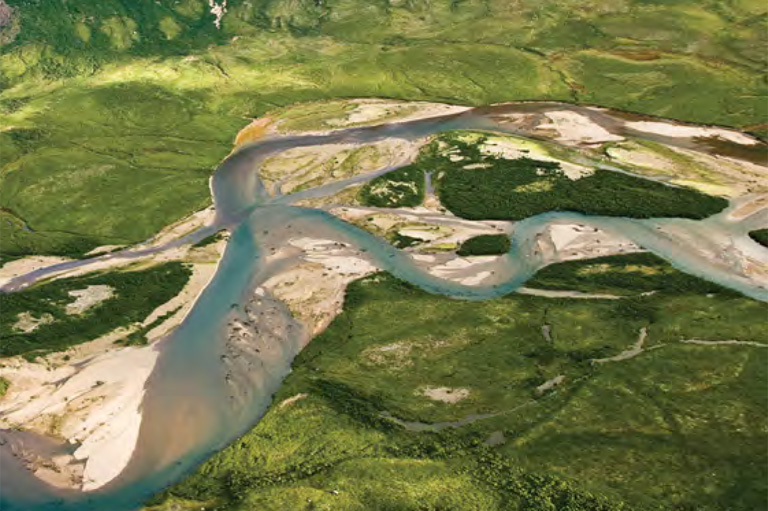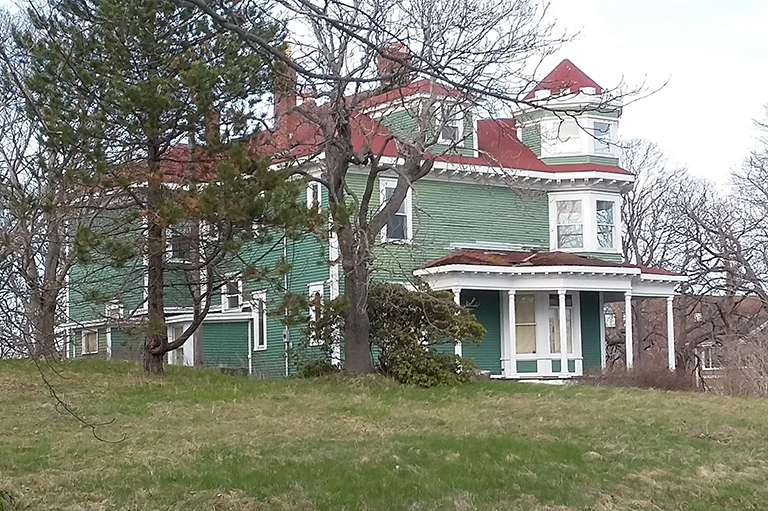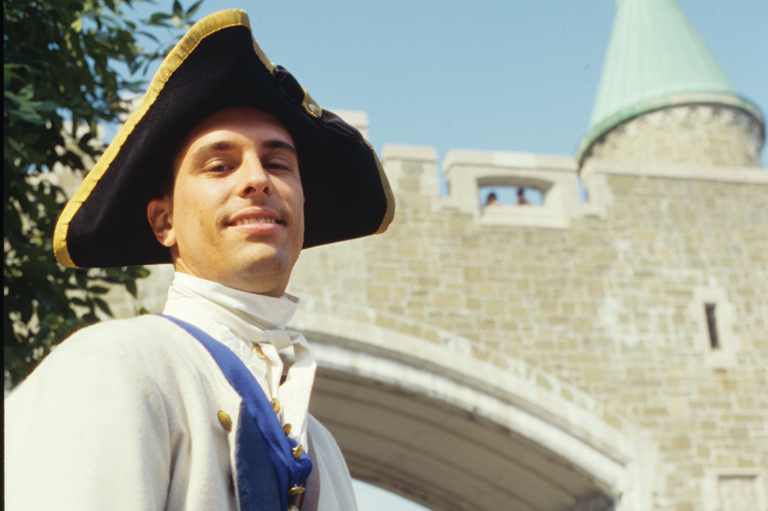Digging History
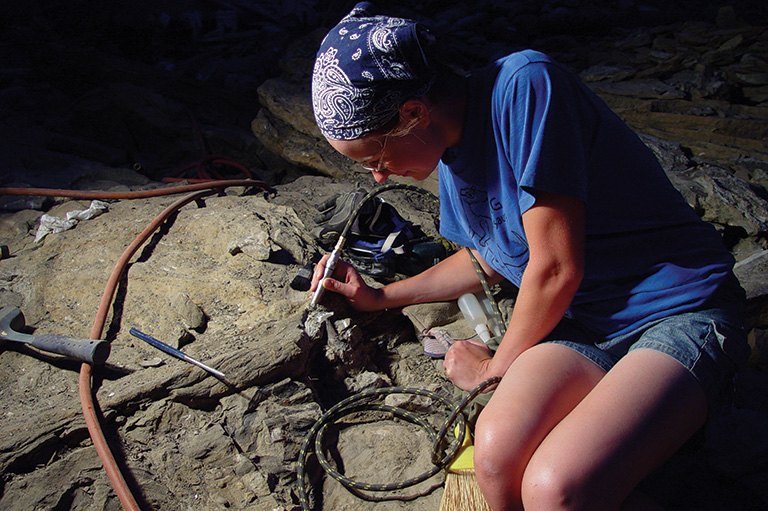
A group of English colonists arrived in August 1610, making them the first Europeans in Newfoundland. They settled at a place they named Cupers Cove, known today as Cupids.
The colony’s first governor, John Guy, was given very specific instructions about how to set up the new colony, which included fortifying the settlement, building dwellings and other structures and carrying out experimental farming.
In 1997, an archaeological excavation crew uncovered and mapped the dwelling house.
Almost half a millennium ago, pioneering groups of Inuit began to establish their winter villages on Labrador’s northern coast, relocating from the High Arctic to milder climatic conditions. Archaeologist Peter Whitridge has been excavating the village sites in order to shed more light on this neglected period of Labrador’s history.
For many Canadians, summer is a time to travel and explore the vast and diverse land we call home.
It may seem as though much of the land is untouched, but wherever you go in Canada, people have been there before you, some of them much earlier than can be imagined.
This land has been inhabited for more than 11,000 years, but the archaeological traces of human activity are often buried in the earth or lying beneath a sea bed.
While there have been extraordinary archaeological discoveries, much of the ground is unexplored. And the digging has really just begun.
Even huge archaeological finds, such as the unearthed evidence of a Viking settlement at L’Anse aux Meadows on the northern tip of Newfoundland, have been discovered only in the last 50 years.
Archaeologists are devoted to studying the traces of material culture left behind by humans many, many years ago. Sites, discovered remains of human activity, can include single artifacts, kill-site areas, encampments and more defined habitation, such as villages and fortifications.
In Canada, our largest archaeological sites include the Fortress of Louisbourg in Cape Breton, the Rainy River Burial Mounds in northwest Ontario and Head-Smashed-In Buffalo Jump in southern Alberta, among others.
While summer is a time for travel, it is also the prime time for site excavation.
All across the country, field archaeologists are digging in the dirt. It’s not always a glamorous career, but the discoveries help complete our understanding of Canada’s past and the people who lived on the land hundreds or even thousands of years ago.
Check out these excavations
At Canada’s History, we highlight our nation’s past by telling stories that illuminate the people, places, and events that unite us as Canadians, while understanding that diverse past experiences can shape multiple perceptions of our history.
Canada’s History is a registered charity. Generous contributions from readers like you help us explore and celebrate Canada’s diverse stories and make them accessible to all through our free online content.
Please donate to Canada’s History today. Thank you!
Themes associated with this article
Advertisement
You might also like...
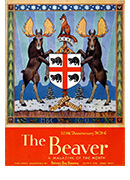
Canada’s History Archive, featuring The Beaver, is now available for your browsing and searching pleasure!

Beautiful woven all-silk necktie — burgundy with small silver beaver images throughout. Made exclusively for Canada's History.

